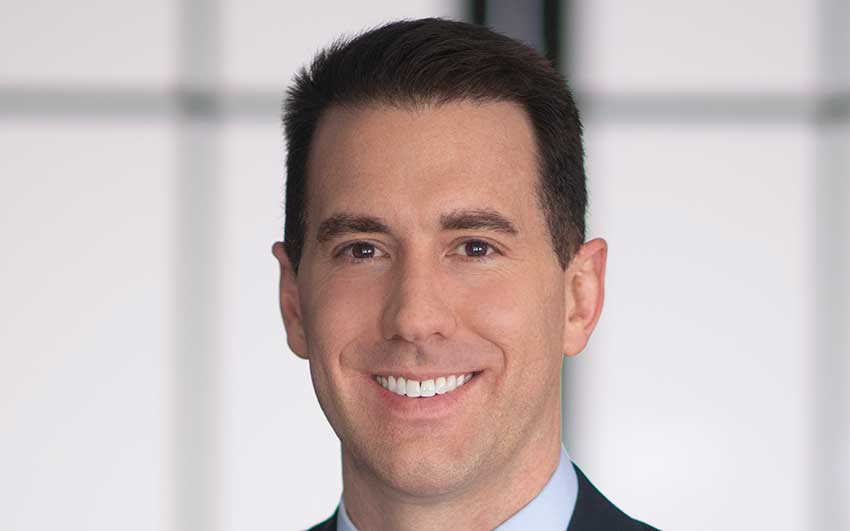Few in the comity of nations are shedding tears or losing sleep over the quick fall of a dreaded entity in the Middle East. Syria’s Bashar al Assad flight to Russia was perhaps more “eventful” than his coming to power in 2000 after the death of his father Hafez al Assad.
The father-son duo presided over a ruthless regime that put fellow dictators in the neighbourhood to shame in terms of sheer brutality they unleashed perhaps even giving some respectability to Pol Pot’s killing fields of Cambodia.
What started off as a pledge to crush “foreign backed terrorism” in 2011 soon plunged the country into absolute mayhem with independent monitoring groups saying that more than 600,000 have perished in the decade-plus fighting together with thousands done to death in government/military run torture chambers.
Syria not only turned into a fertile ground for foreign powers to field their perceived national interests but also a parking ground for terror outfits like the al Qaeda and the Islamic State.
It requires no big thinking to figure out the sudden collapse of the Assad show: the benefactors were simply too pre-occupied elsewhere. Russia was tied down in the Ukraine war and Iran was nursing its wounds with the Hamas and Hezbollah routed in the Gaza and Lebanon; and rebel groups supported by the US, Britain, France, Turkey and a few others in the Middle East suddenly found an opening.
An offensive that started on November 27 ended in a matter of days. Assad’s writing was on the wall.
Refugee crisis
Prior to the start of the civil war, the population was put at around 22 million. But as of 2024 it is estimated that there are more than six million refugees and asylum seekers primarily hosted by Egypt, Turkey, Iraq, Jordan and Lebanon in spite of their own economic challenges.
Europe too has seen Syrians arrive at their shores. Another seven million plus are internally displaced, seen generally as the largest displacement crisis of the world. Add to this the millions of Syrians living in extreme poverty as a war of 13 years has indeed taken a toll.
The fall of Assad may have come as a breather but to watchdog groups monitoring chemical and other weapons of mass destruction there is the urgent need to secure the stocks.
Chemical weapons stockpile
The regime has been accused of using chemical weapons as also the terrorist group Islamic State; and the latest Israeli bombing of Syria has raised the spectre of hits on dangerous sites and the ensuing contamination.
As soon as rebels entered Damascus, the Organization for the Prohibition of Chemical Weapons (OPCW) held an emergency meeting reminding Syria of its obligations on compliance and safeguard.
“Chemical weapons have been used in Syria on multiple occasions and victims deserve that perpetrators that we identified be brought to justice and held accountable for what they did and that investigations continue,” Fernando Arias González, the OPCW secretary general said, adding “Our reports over the past few years have reached very clear conclusions and we hope that the new circumstances in Syria will allow this chapter to be closed soon”.
Assad has consistently denied using chemical weapons against his enemies.
In a virtual meeting the leaders of the Group of Seven have affirmed their commitment to the people of Syria and their support for an “inclusive Syrian-led and Syrian-owned political transition process”.
The Hayat Tahrir al Sham (HTS), the current dispensation in Damascus, is still a designated terrorist organisation by many in the West but its leader Abu Mohammed al Jolani has pledged a tolerant path.
The need of the hour in Syria is to find ways to pull that country out of its mess.
The writer is a senior journalist who has reported from Washington DC on North America and United Nations









Leave a Comment